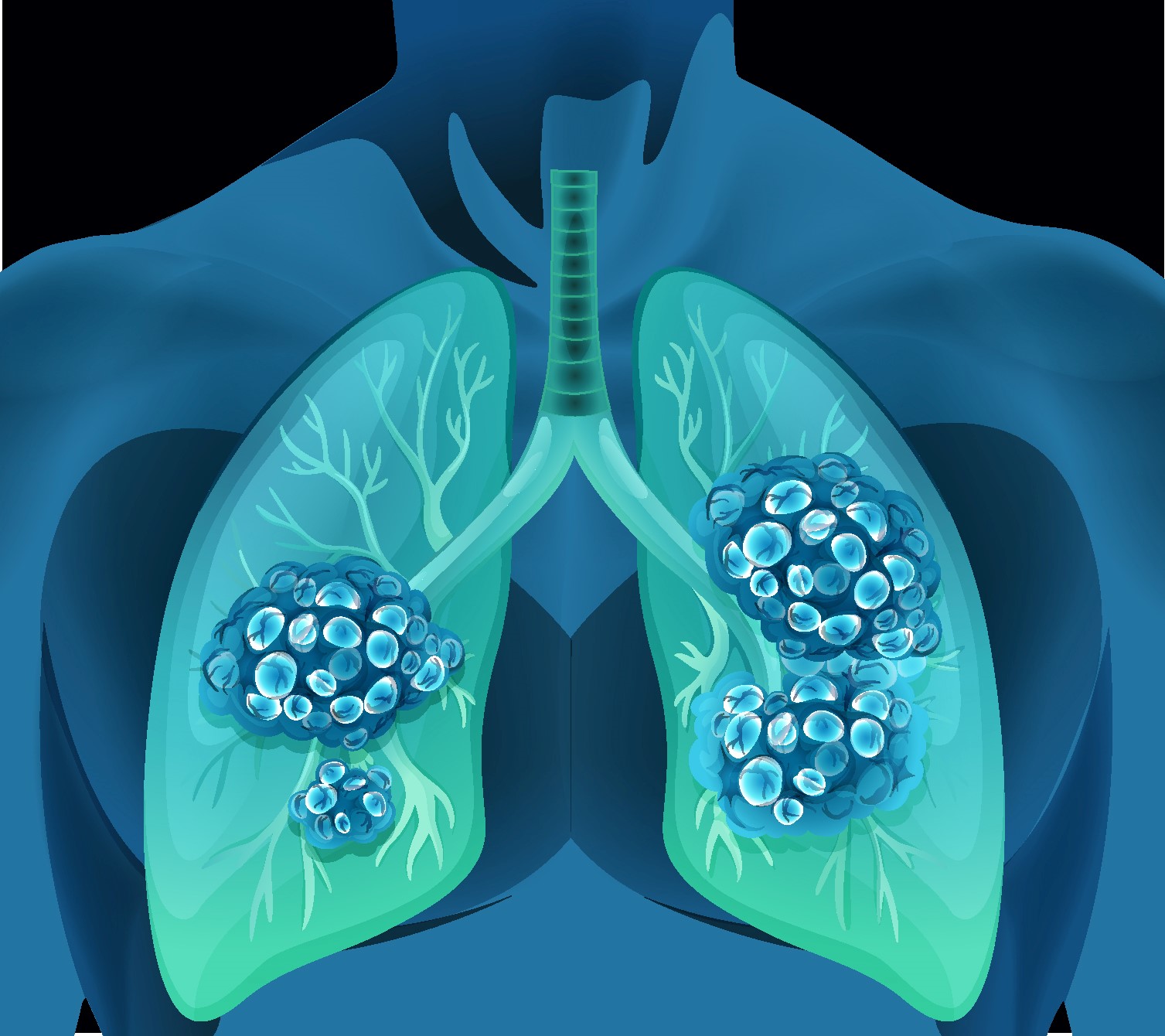Reverse triggering is an underexplored form of dyssynchrony with important clinical implications in patients with Acute Respiratory Distress Syndrome.
This retrospective study identified reverse trigger phenotypes and characterized their impacts on tidal volume and transpulmonary pressure.
Fifty five patients with Acute Respiratory Distress Syndrome on pressure regulated ventilator modes were included. Four phenotypes of reverse triggering with and without breath stacking and their impact on lung inflation and deflation were investigated.
Inflation volumes, respiratory muscle pressure generation and transpulmonary pressures were determined and phenotypes differentiated using Campbell diagrams of respiratory activity.
Reverse triggering was detected in 25 patients, 15 with associated breath stacking and 13 with stable reverse triggering consistent with respiratory entrainment. Phenotypes were associated with variable levels of inspiratory effort [mean 4-10cmH2O per phenotype]. Early reverse triggering with early expiratory relaxation increased tidal volumes [88(64-113)ml] and inspiratory transpulmonary pressures [3(2-3)cmH2O] compared with passive breaths. Early reverse triggering with delayed expiratory relaxation increased tidal volumes [128(86-170)ml], increased inspiratory and mean-expiratory transpulmonary pressure [7(5-9)cmH2O, 5(4-6)cmH2O]. Mid-cycle reverse triggering (initiation during inflation and maximal effort during deflation) increased tidal volume [51(38-64)ml], increased inspiratory and mean-expiratory transpulmonary pressure [3(2-4)cmH2O, 3(2-3)cmH2O] and caused incomplete exhalation. Late reverse triggering (occurring exclusively during exhalation) increased mean expiratory transpulmonary pressure [2(1-2)cmH2O] and caused incomplete exhalation. Breath stacking resulted in large delivered volumes [176(155-197)ml].
Reverse triggering causes variable physiological effects, depending on the phenotype. Differentiation of phenotype effects may be important to understand the clinical impacts of these events.
Reverse Trigger Phenotypes in Acute Respiratory Distress Syndrome.


